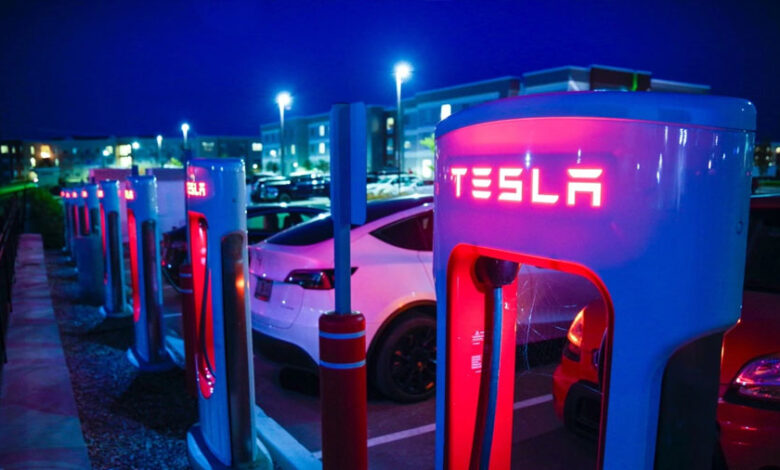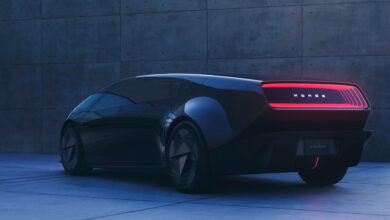Wireless Charging Is Coming to Tesla, But Only for One Model

Although it is still in the idea stage, Tesla’s approach toward wireless charging might have significant implications for the future of electric vehicles.
What Makes Tesla’s Inductive Charging Unique
Tesla recently announced the “Cybercab,” a new driverless taxi concept that uses an inductive charging method.
Similar to charging cellphones, the concept of wirelessly charging cars has been debated for years. However, because of some practical obstacles, the concept is continuously developing.
According to Moto, the problem of how Tesla’s Cybercab would recharge on its own is that it is intended to function without a driver.
The answer from Tesla? The Cybercab might be charged wirelessly or inductively by driving onto a charging pad that aligns with an integrated coil and eliminates the need for a plug-in station. Wireless charging has drawbacks despite being a practical solution:
Its lack of industrial adoption may be due to the fact that cable charging is usually faster and more efficient.
Obstacles to the Adoption of Wireless Charging
Energy efficiency is the largest obstacle to wireless charging in electric vehicles. For drivers that prioritize speed and energy efficiency, current wireless charging techniques are less suitable because they consume more energy than conventional plug-in chargers.
The concept may still be in the early stages of development because Tesla has not disclosed any technical specifications or a projected release date for its wireless charging capabilities. Additionally, there is conjecture that Tesla is either previewing a far-off concept or is in the early stages of testing.
Some may find Tesla’s lofty wireless charging ambitions reminiscent of the company’s earlier announcements, such the Roadster and Cybertruck, which both took years to develop following their original unveilings. Although the Cybertruck was originally shown in 2016, manufacturing didn’t start until the end of 2023.
In a similar vein, although Tesla revealed the new Roadster in 2017, the vehicle is still only in the concept stage. Although the wireless charging Cybercab is intriguing, it might take a bit before it becomes generally available, as these delays are typical and Tesla’s lengthy schedules indicate.

